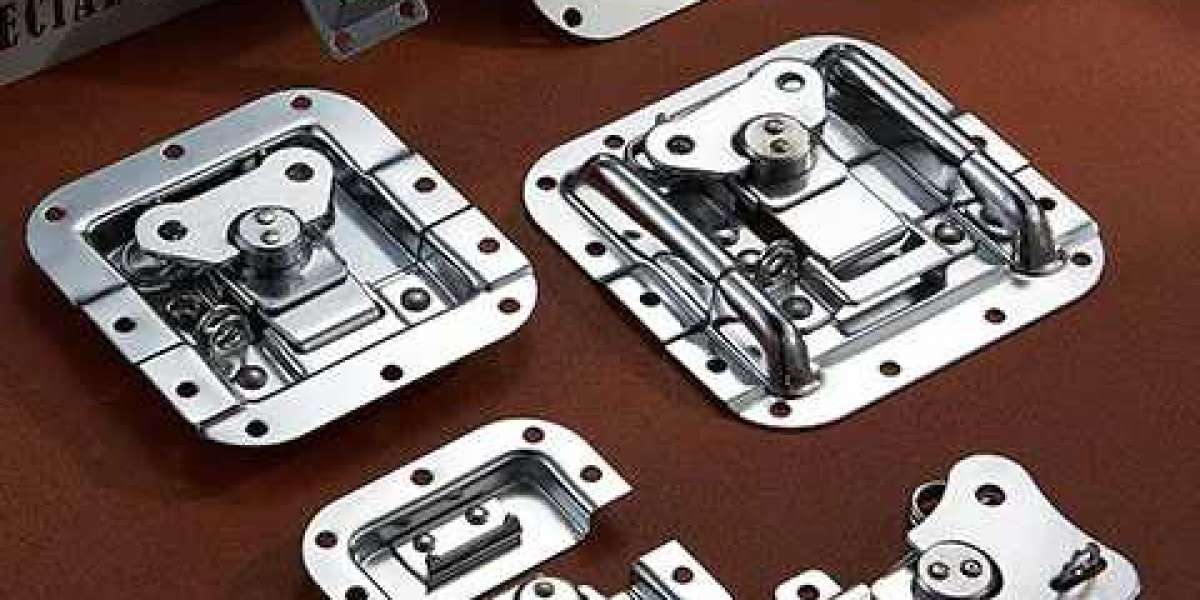When it comes to safely transporting valuable equipment, having the right flight case latch can make all the difference. Flight cases are designed to protect your gear during travel, whether it's for a gig, a production shoot, or simply moving equipment from one venue to another. However, not all flight case latches are created equal, and understanding the different types available can help you make an informed decision on the best one for your needs.
Butterfly Latches: A Popular Choice
One of the most common types of flight case latches is the butterfly latch. These latches are known for their durability and ease of use, making them a popular choice for many musicians, DJs, and production professionals. Butterfly latches typically feature two hinged pieces that come together to securely lock the case, providing a tight seal that helps prevent any accidental openings during transit.
Twist Latches: Quick and Easy
Another popular option is the twist latch, which features a rotating mechanism that twists to secure the case. Twist latches are often used on smaller cases or for cases that require frequent access, as they are quick and easy to use. However, they may not provide as secure of a lock as butterfly latches, so it's important to consider the level of protection needed for your gear.
Drawbolt Latches: Strength and Reliability
A third type of flight case latch is the drawbolt latch, which features a sliding bolt that locks into place to secure the case. Drawbolt latches are known for their reliability and strength, making them a great choice for heavier equipment that requires extra security during travel. While drawbolt latches may be a bit more cumbersome to use compared to butterfly or twist latches, their superior locking mechanism can provide added peace of mind when transporting valuable gear.
Electronic Latches: A High-Tech Solution
For those looking for a more high-tech solution, there are also electronic latches available that can be controlled remotely. These latches typically feature a keypad or RFID system that allows users to lock and unlock the case with a code or keycard. While electronic latches can offer added security and convenience, they may be more expensive than traditional latches and require batteries or power sources to operate.
Latch Materials and Construction
In addition to different latch types, it's also important to consider the material and construction of the latch itself. Stainless steel latches are a popular choice for their strength and corrosion resistance, making them ideal for cases that will be exposed to harsh environments or frequent use. Plastic latches are a more lightweight and affordable option, but may not provide the same level of durability as metal latches




